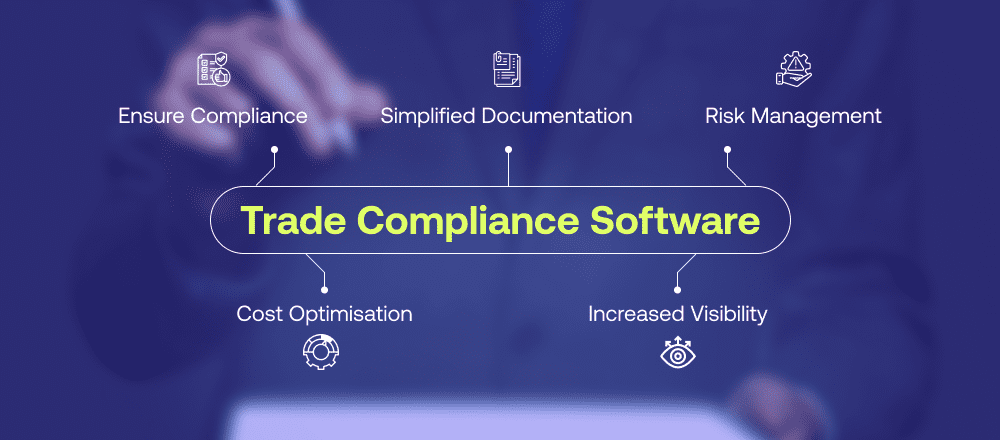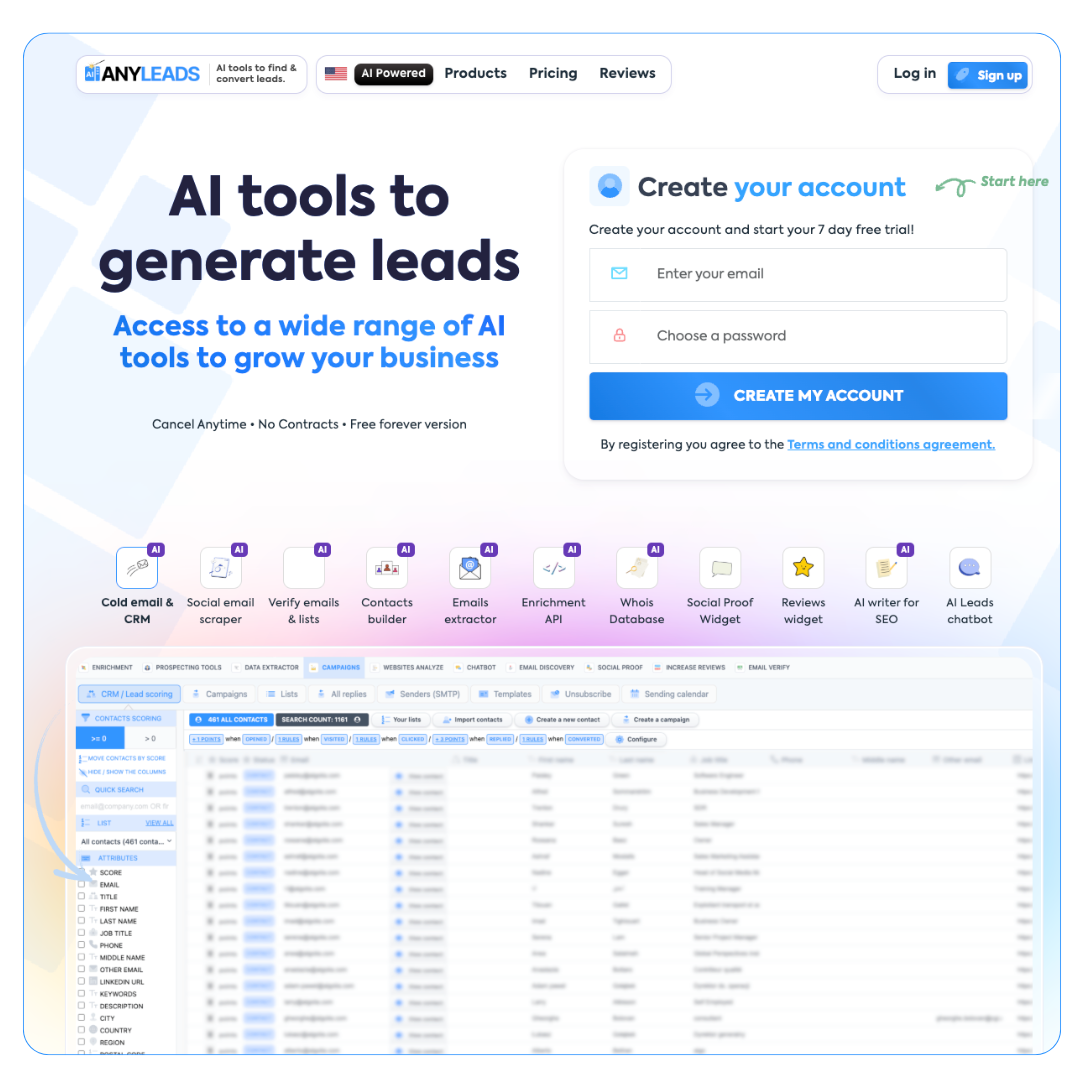 LIMITED SPOTS
All plans are 30% OFF for the first month! with the code WELCOME303
LIMITED SPOTS
All plans are 30% OFF for the first month! with the code WELCOME303

 LIMITED SPOTS
All plans are 30% OFF for the first month! with the code WELCOME303
LIMITED SPOTS
All plans are 30% OFF for the first month! with the code WELCOME303


In 2023, the U.S. goods and services trade deficit decreased to $773.4 billion, down from $951.2 billion in 2022, reflecting a shift in trade dynamics, according to the Bureau of Economic Analysis.
Despite this improvement, businesses engaged in international trade continue to face significant challenges. Navigating complex customs regulations, managing fluctuating tariffs, and ensuring compliance with ever-evolving trade laws are just a few hurdles that importers and exporters encounter daily. These complexities can lead to costly errors, delayed shipments, and potential legal repercussions.
To address these issues, many companies are turning to trade compliance software solutions. These tools automate and streamline the process of adhering to international trade regulations. Thus, reducing the risk of non-compliance and enhancing operational efficiency.
But what exactly is trade compliance software, and how can it benefit your business? Read on to discover its features and advantages.
It is a digital solution designed to help businesses manage and ensure compliance with international trade regulations. It automates various processes involved in cross-border transactions, such as documentation, classification, and reporting, thereby reducing manual errors and improving efficiency.
Automated Documentation Management: Generates and manages required trade documents such as invoices, certificates of origin, and export licenses.
Tariff Classification Tools: Assists in accurate product classification to ensure correct duty assessments.
Denied Party Screening: Cross-references trading partners against global watchlists to prevent prohibited transactions.
Regulatory Updates: Provides real-time alerts on changes in trade laws and regulations.
Integration Capabilities: Seamlessly integrates with other business systems like ERP and TMS for unified operations.
Businesses looking for the best trade compliance software solutions can leverage platforms like Livingston International’s TradeSphere. This software combines automated documentation, tariff classification, and real-time regulatory updates to streamline compliance and reduce operational risks.
Using such solutions allows companies to focus on growth and expansion rather than spending excessive time on manual compliance tasks.
Implementing this software can provide numerous advantages for businesses involved in international trade:
Efficiency Gains: It automates repetitive and time-consuming tasks such as document generation, data entry, and classification. By reducing manual intervention, teams can focus on strategic activities like market expansion or optimizing supply chains. Faster processing also shortens customs clearance times, helping shipments reach destinations on schedule and improving overall operational efficiency.
Cost Savings: Non-compliance with trade regulations can result in hefty fines, penalties, or delayed shipments. This software helps businesses accurately classify products and calculate duties, avoiding overpayments and reducing costly mistakes. Over time, these savings can be substantial, and businesses can redirect resources toward growth initiatives rather than rectifying compliance errors.
Risk Mitigation: Global trade regulations are complex and vary across countries. Software solutions offer automated denied-party screening, embargo checks, and real-time alerts for regulatory changes. This consistent monitoring reduces the risk of violations and ensures that all shipments comply with international trade laws. Companies gain peace of mind knowing their operations meet legal standards.
Scalability: As businesses grow, trade volumes and markets expand, making manual compliance management increasingly difficult. It scales with your operations, handling larger datasets, multiple product lines, and cross-border transactions efficiently. It also integrates seamlessly with ERP and supply chain systems, ensuring compliance processes keep pace with business growth without creating bottlenecks.
Data Insights and Reporting: Many trade compliance platforms provide dashboards and reporting tools to monitor compliance status, shipment progress, and potential issues. These insights help management identify patterns, optimize procedures, and make data-driven decisions to enhance trade strategy. Access to real-time analytics empowers businesses to respond proactively to regulatory changes or supply chain disruptions.
Altogether, implementing it empowers businesses to operate efficiently, save costs, manage risk, scale seamlessly, and make informed decisions with real-time data.


This software is beneficial for a wide range of businesses engaged in international trade:
Small and Medium Enterprises (SMEs): Helps navigate regulations without large compliance teams.
Large Corporations: Supports complex global operations with multiple shipments and trade routes.
Importers and Exporters: Streamlines documentation, reduces clearance delays, and ensures accurate tariff classification.
Businesses Expanding Internationally: Provides real-time updates on regulations in new markets.
Supply Chain Managers: Integrates compliance into logistics for smoother operations.
Regardless of the company's size or industry,using this software solution can enhance operational efficiency and ensure adherence to international trade laws.
Trade compliance software is essential for businesses engaged in international trade, offering efficiency, cost savings, and risk mitigation. By automating complex processes and ensuring adherence to ever-changing regulations, these tools enable companies to focus on growth and expansion. Exploring solutions like TradeSphere can help streamline your trade compliance processes and support your global operations. Embracing digital solutions ensures businesses remain competitive and compliant in the evolving global trade landscape.